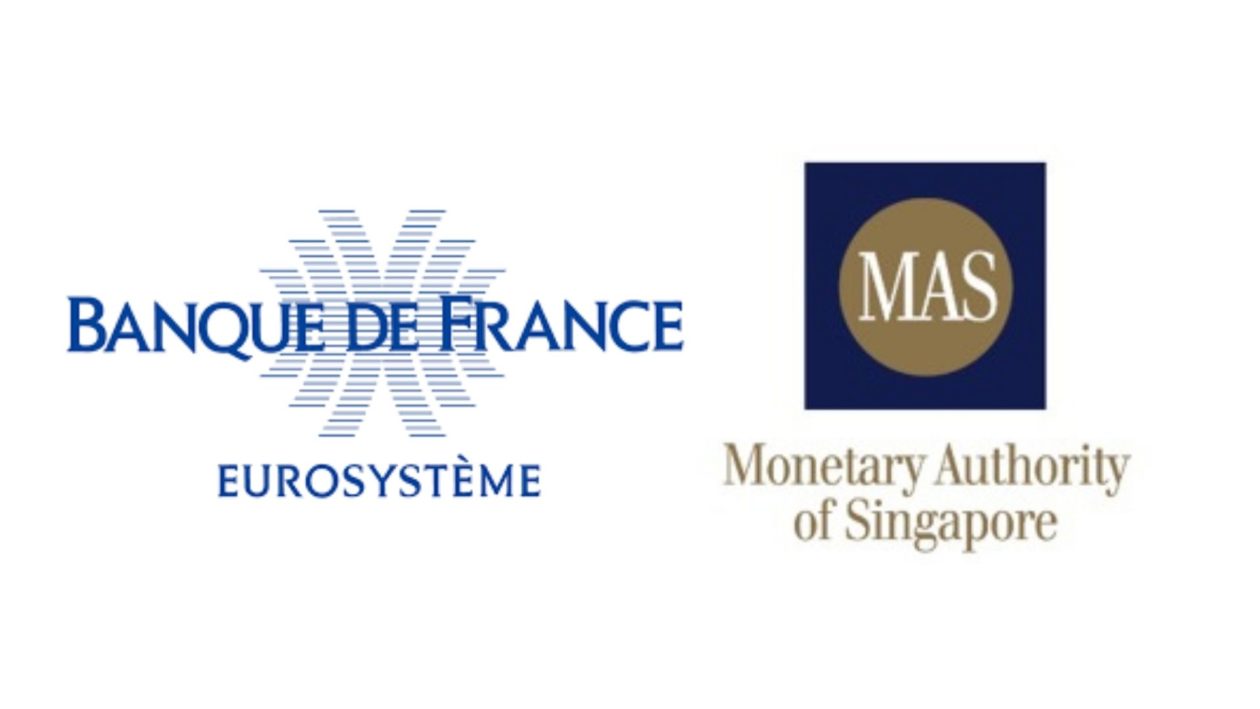The Monetary Authority of Singapore and the Banque de France today announced the successful completion of a wholesale cross-border payment and settlement experiment using multiple central bank digital currencies (m-CBDCs).
Fast facts
- The experiment between the two central banks, supported by J.P. Morgan’s Onyx, simulated cross-border transactions and cross-currency transactions involving a Singapore dollar CBDC and a euro CBDC, and was conducted using a permissioned, privacy-enabled blockchain based on Quorum technology.
- The experiment achieved the following four outcomes:
- Interoperability across different types of cloud infrastructure — private and public — in both jurisdictions.
- A common m-CBDC network that allowed both central banks to have visibility of the transactions and retain independent control over the issuance and distribution of their own CBDCs.
- The use of smart contracts to manage in real-time the automated liquidity pool and market-making service for EUR/SGD currency pairs.
- A reduction in the number of correspondent banking parties involved in the payment chain for cross-border transactions, which could cut legal and compliance costs.
- “Building a multi-currency shared ledger infrastructure allows participants across countries to transact with each other directly in different currencies,” said MAS Chief Fintech Officer Sopnendu Mohanty in a statement. “This m-CBDC experiment has broken new ground by decentralizing financial infrastructure, to improve liquidity management and market making services. It charts the path for scalable CBDC networks where central banks and commercial banks can work together to achieve the vision of cheaper, safer and more efficient infrastructure for cross border payments.”
- Valérie Fasquelle, Director of Infrastructures, Innovation and Payments at the Banque de France, said: “By experimenting the circulation of EUR CBDC in a shared corridor network, the MAS and the Banque de France tested the possibility to provide a link with other CBDCs all over the world. It is an opportunity to construct arrangements for multiple CBDCs models, improving cross-border payments and increasing harmonisation of post trade procedures.”
- Separately, MAS has partnered with the Bank for International Settlements Innovation Hub in Singapore on Project Dunbar — a wholesale CBDC project to design, develop and test new multiple CBDC models for cross-border payments. It also recently launched a “Global CBDC Challenge” inviting proposals for retail central bank digital currency innovations to improve payment services and promote financial inclusion.





